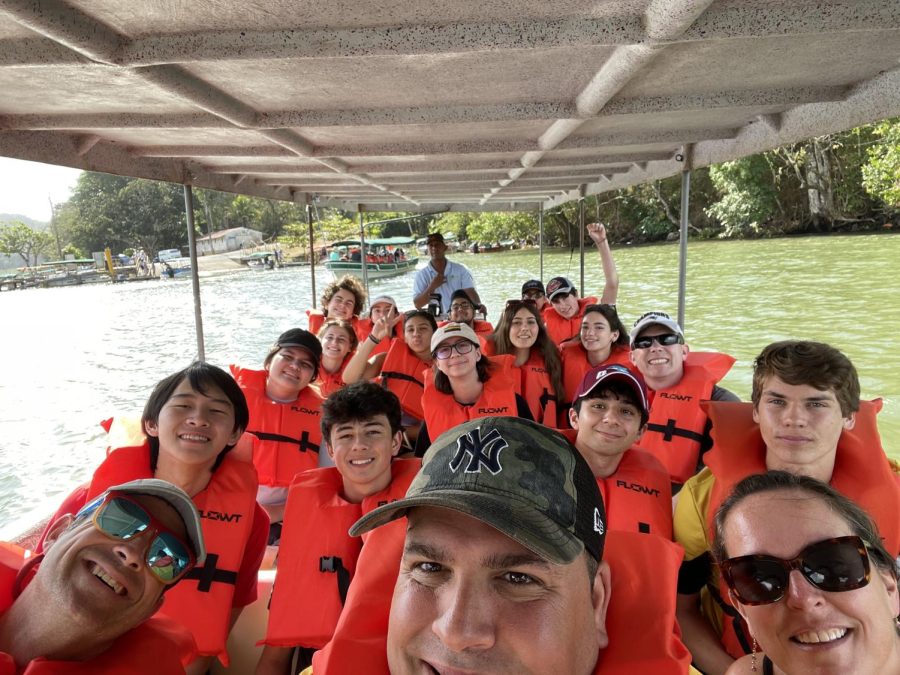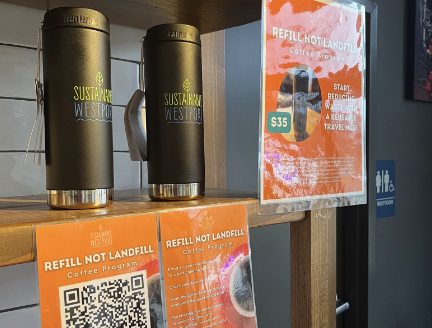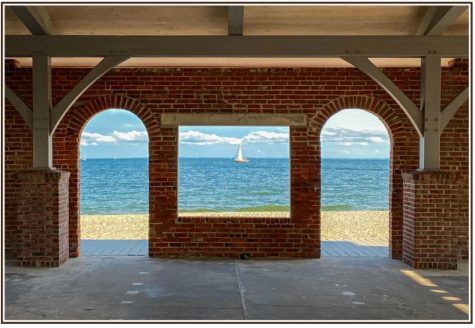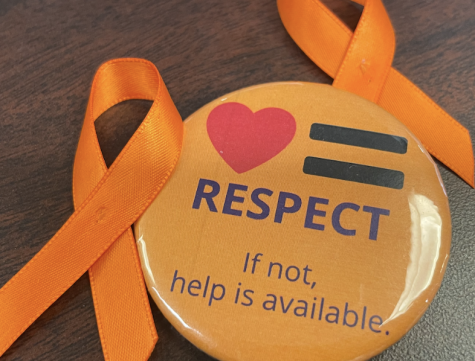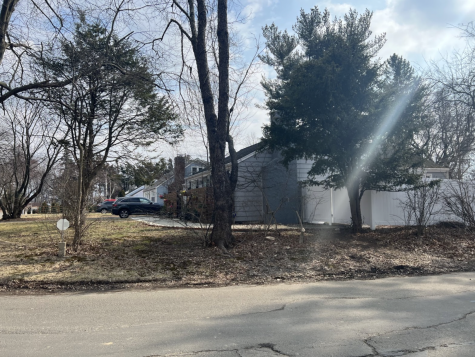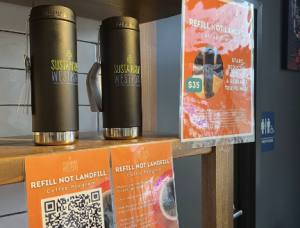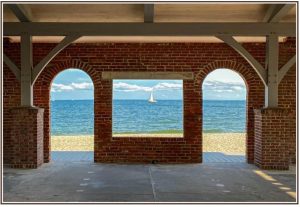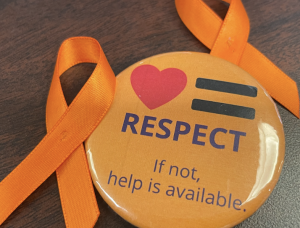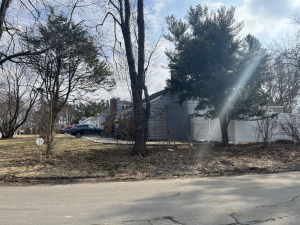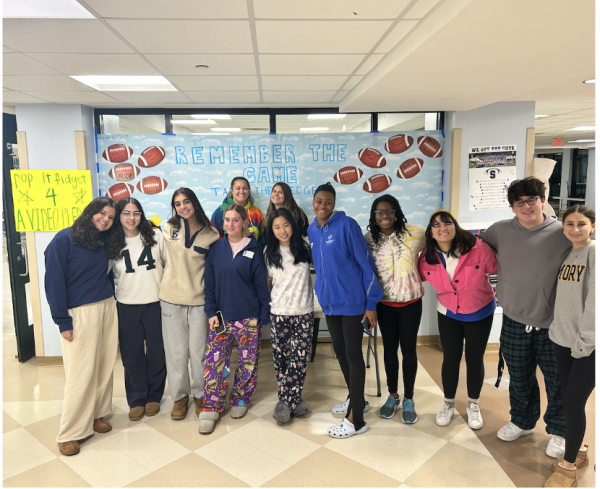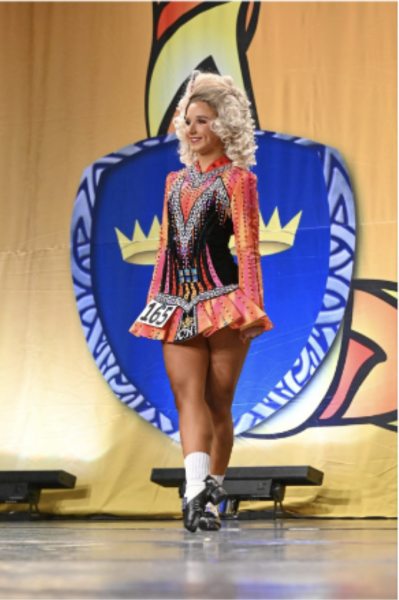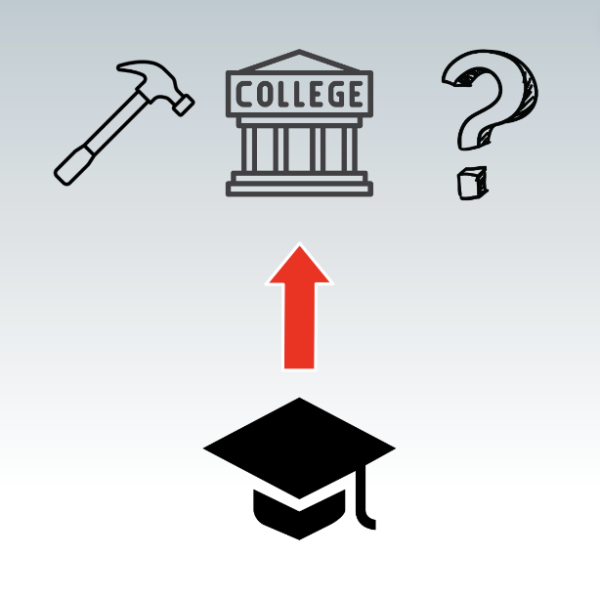Students hike, snorkel and save the wetlands on seven-day Panama trip
Photo contributed by Dominick Messina
The group visited the Panama Canal and took a boat ride with a biologist along the canal, observing local wildlife in the process.
For chemistry teacher Dominick Messina, deciding to spend his vacation on a trip with over a dozen students was an easy decision.
“I studied abroad when I was in school, so I think I knew what I was in for [and] what I was leading,” Messina said. “I knew how awesome it was for me as a student… and I think that giving that [experience] to a student is awesome.”
Joined by fellow chemistry teacher Kristin Leahy, Messina ventured on a week-long, STEM-centered trip to Panama with a group of 13 students during February break. The trip was organized in collaboration with the company Education First, an agency dedicated to coordinating educational student trips throughout North America, and Staples students were joined by another touring high school group from Wellesley, Massachusetts, following the same agenda.
The Panama trip was originally scheduled in 2020 by former 6-12 Coordinator of Science and STEM A.J. Scheetz. After being postponed by the COVID-19 pandemic as well as Scheetz’s departure from Staples, Messina and Leahy agreed to recover the trip and even expand the program by introducing additional future tours to locations like the Galápagos Islands and Ecuador in 2024.
In the meantime, take a look at some highlights of the 2023 Panama trip on a day-by-day basis.
Day 1:
“On the first day, we got there earlier than the other school that we blended the trip with,” Leahy said. “I really liked that because when we got there, we got to explore the area right around the hotel. [The group] was 13 students that mostly didn’t know each other, so right away they started bonding and getting to know each other.”
The Staples group also visited a local bakery and had an authentic Panamanian lunch, featuring dishes like plantain lasagna and yucca fries.
“The food in Panama was so good.” Zoe Glekas ’26 said. “We ate a lot of arroz con pollo and plantains.”
Day 2:
“The next day, we had a very early rise,” Messina said. “We drove to this remote part on the Pacific coast, got on boats, lathered up in bug spray and picked these things called propagules (mangrove seeds), which basically [allow] mangroves to reproduce sexually.”
The group learned that mangroves are ecologically important because they provide natural infrastructure and protection to nearby populated areas. Since mangroves are often cut down to produce charcoal, the group planted propagules in an effort to repopulate them. The next day, participants earned a certificate from the Ramsar Regional Centre for Training and Research in the Western Hemisphere, officially deeming them wetland ambassadors.
Day 3:
On day three, students participated in a beach clean up and collected loose trash on the shore—enough to fill an entire full-sized garbage truck, according to Messina.
“It took not much time to collect a ton of bags of trash,” Leahy said. “[We] understood the connection between this pollution and why the mangroves are unhealthy… Every lesson we learned connected to something we did the next day. That’s what I loved about everything.”
For Joley Sarro ’24, the beach cleanup was a particularly memorable—and impactful—experience.
“Seeing the difference between before [the cleanup] and after was absolutely eye-opening,” Sarro said. “We’re all told that change needs to happen in the world with climate change, but hearing about it is very different [from] actually seeing the problem and making a difference. It was very fulfilling.”
Day 4:
“We consolidated a bunch of activities on one day, and it allowed us to have a cool, relaxing, fun beach day,” Messina said.
The group also rented out a beachside restaurant and played soccer together.
“Playing soccer in the sand—in an informal way—was one thing I was hoping to do during the whole trip, since Panamanian streetball is a popular activity,” Tavan Bhatia ’23 said. “It was a good way to get to know the people I didn’t know yet and generally bond over soccer.”
Day 5:
On day five, the group traveled to Porta Bello and took a boat ride to a private island to go snorkeling along the Caribbean coast of Panama.
“The fish and coral that we saw were absolutely beautiful, and [snorkeling] was something that I had never done before,” Sarro said.
In addition, they visited the Biomuseo and collected data at a tropical research station, observing, measuring, weighing and tagging native birds.
Day 6:
On day six, the group toured the Metropolitan Natural Park, went on an evening hike with a biologist and visited the historic district of Panama City, known as Casco Viejo.
“Learning about all the nature [and] the rainforest [was] so beautiful,” Glekas said.
Day 7:
The final day of the trip included a visit to the Panama Canal and the Miraflores Visitor Center, a tour of the Panamá Viejo ruins and a farewell dinner. In addition to riding along the canal with a biologist, the group viewed a presentation about the canal’s history and structure.
“What I loved about that movie was that it [showed] scenes of places we had been throughout the week,” Leahy said, “so it felt like this culminating movie that showed all the things we had done.”
As the group bus drove to the Panama Airport, each student reflected on their favorite experiences and the impact that the trip had on them.
“I kept getting choked up,” Leahy said. “To see the kids really take off from [the trip]… there were layers of interpersonal growth… And that doesn’t happen sometimes in a classroom.”
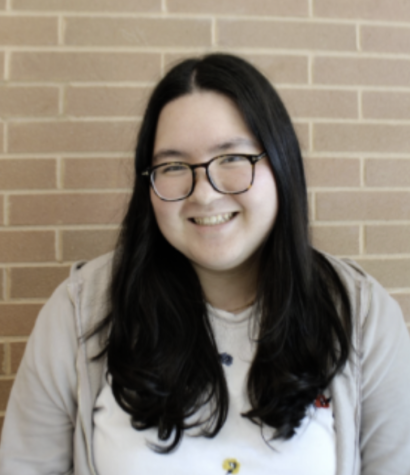
Editor-in-Chief Julia Herlyn ’23 enjoys music. She’s been playing violin for nine years both in school with the Symphonic Orchestra and Chamber Orchestra...












































